Researchers discovered 1.3-million-year-old hominid traces in Orce, Spain. This finding represents the oldest human evidence in Europe.
The discovery challenges previous theories about early human migration. It suggests humans entered Europe through Gibraltar rather than the eastern Mediterranean.
Iberian Peninsula: Gateway to Ancient Europe
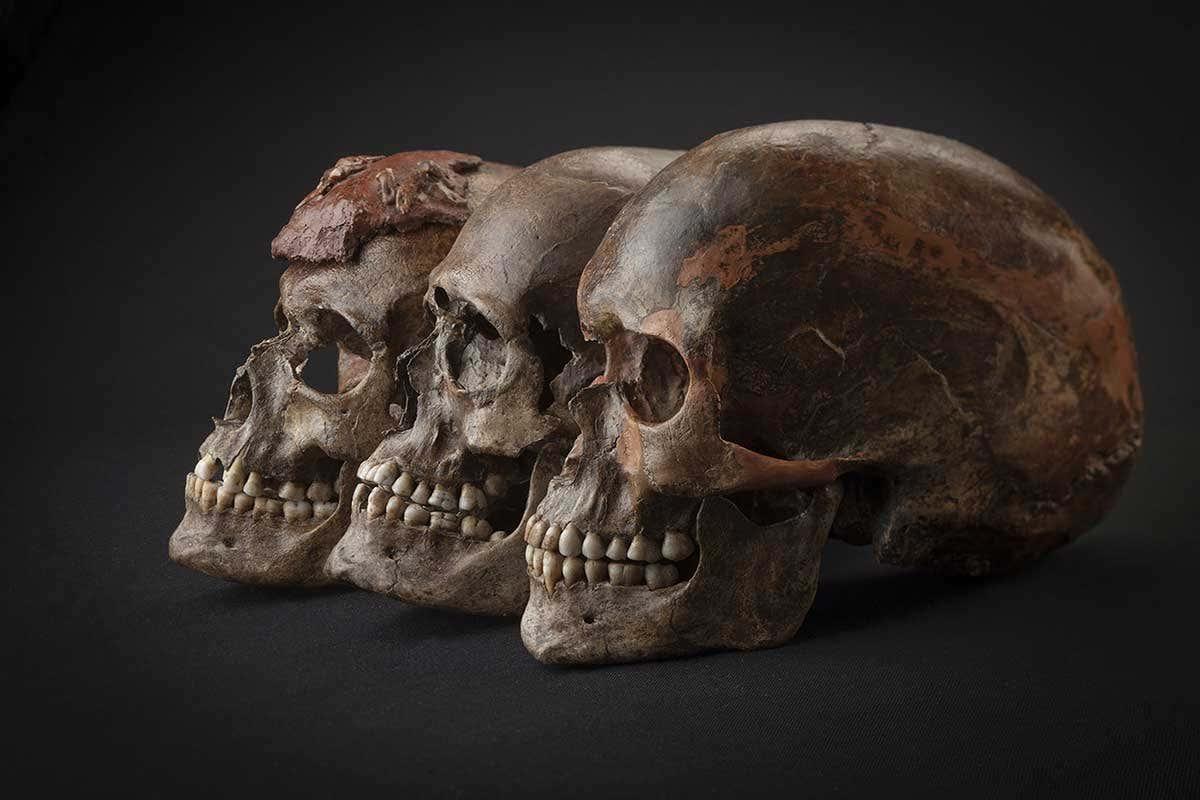
The Iberian Peninsula played a crucial role in early human migration. Archaeological sites in Orce provide valuable insights into this period.
These findings predate other European sites by hundreds of thousands of years. The peninsula’s geography made it an ideal entry point from Africa.
Paleomagnetism Dates Ancient Human Presence

Scientists used paleomagnetic data to date the Orce findings. This technique analyzes changes in Earth’s magnetic poles over time.
Minerals in sedimentary layers record these magnetic changes. Paleomagnetism allows for precise dating of geological and archaeological materials.
Sedimentary Layers Reveal Migration Timeline
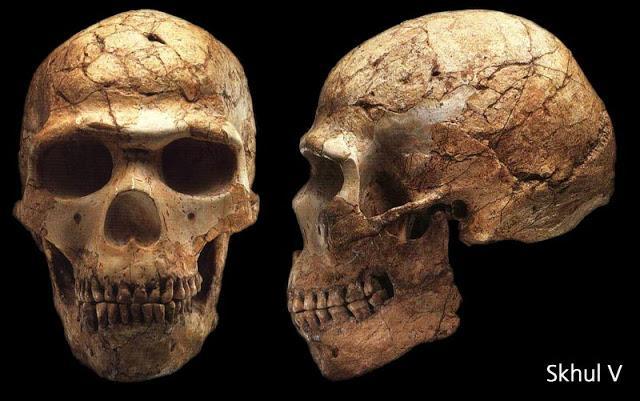
Orce’s sedimentary layers exceed 260 feet in length. These layers provide a continuous record of ancient environments.
Scientists can track changes over millions of years. Such extensive stratigraphic sequences are rare in archaeological sites.
Faunal Remains Support Dating Accuracy
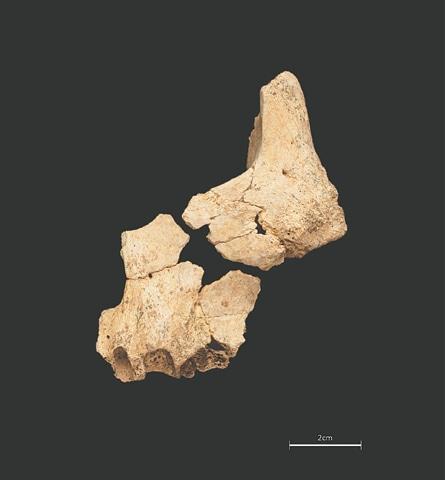
Researchers studied animal fossils found alongside human traces. Different fauna indicate specific time periods in the Pleistocene.
Scientists compared Orce’s fauna with other European sites. This comparison helps verify the age of human presence.
Early Pleistocene: Era of Human Expansion

The Early Pleistocene lasted from 2.58 to 0.78 million years ago. This period saw significant climate fluctuations and animal migrations.
Early human species began to spread out of Africa. The Orce findings fall within this crucial period of human evolution.
Gibraltar: Possible Route for Ancient Migration

The Strait of Gibraltar separates Africa and Europe by only 8.9 miles. Lower sea levels during glacial periods may have exposed a land bridge.
This narrow passage could have facilitated human migration. The Orce discovery supports the Gibraltar route hypothesis.
Challenging Eastern Mediterranean Migration Theory
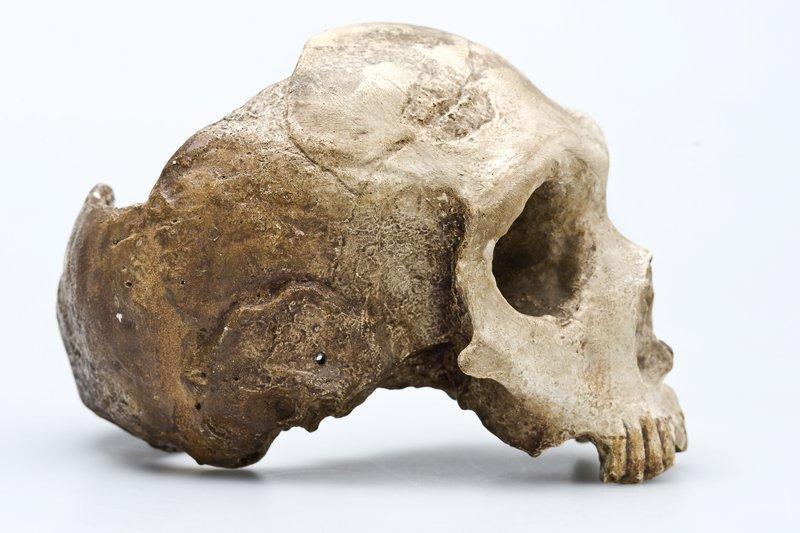
Previous theories suggested humans entered Europe via the Middle East. The Orce findings question this long-held belief.
They indicate a possible earlier and more western migration route. This shifts our understanding of early human movements in Eurasia.
University of Barcelona Leads Groundbreaking Research
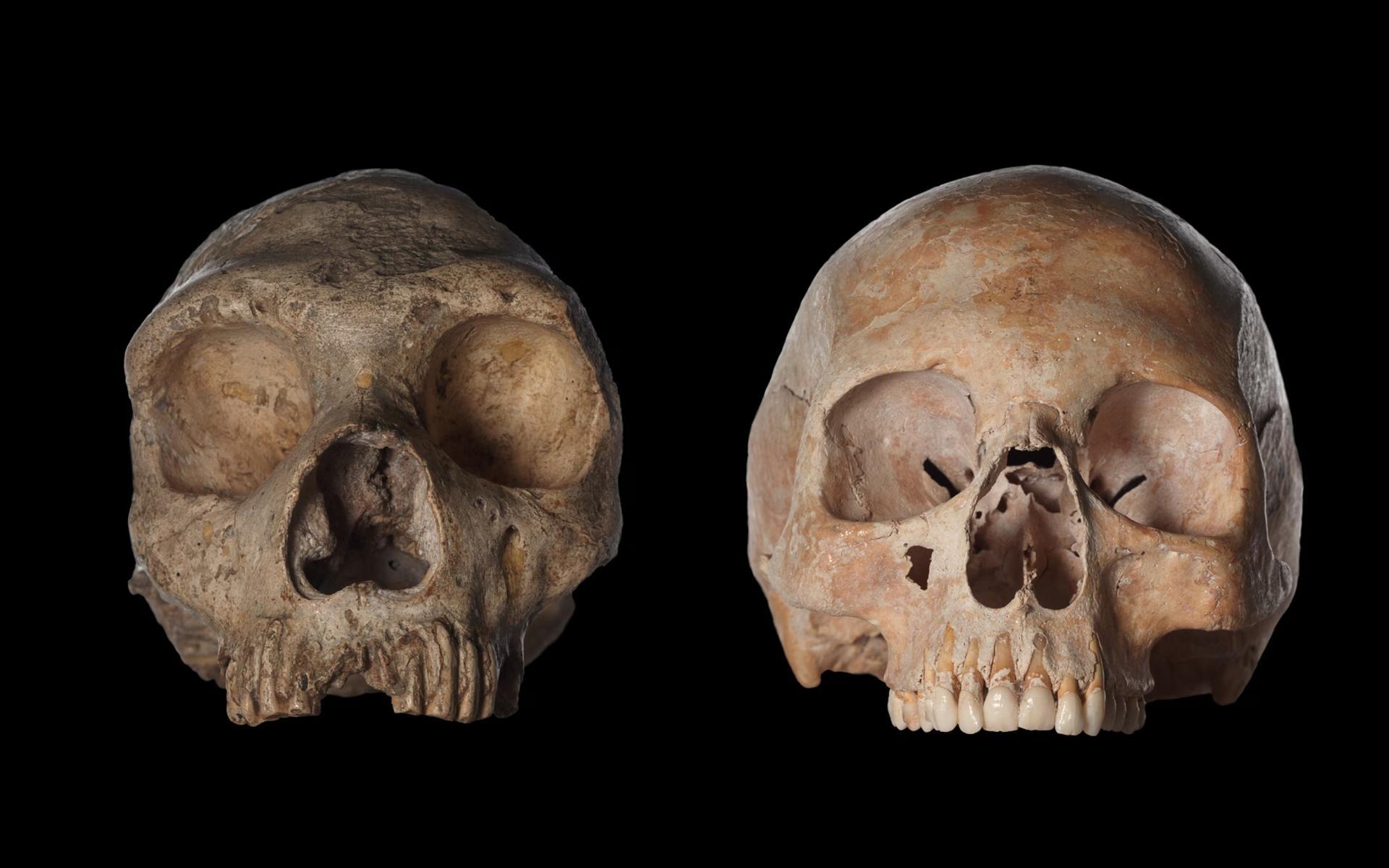
Lluis Gibert from the University of Barcelona led the research team. The study combines expertise from geology and archaeology.
It demonstrates the importance of interdisciplinary approaches in paleoanthropology. The findings were published in the journal “Earth-Science Reviews”.
Implications for Human Evolution Studie
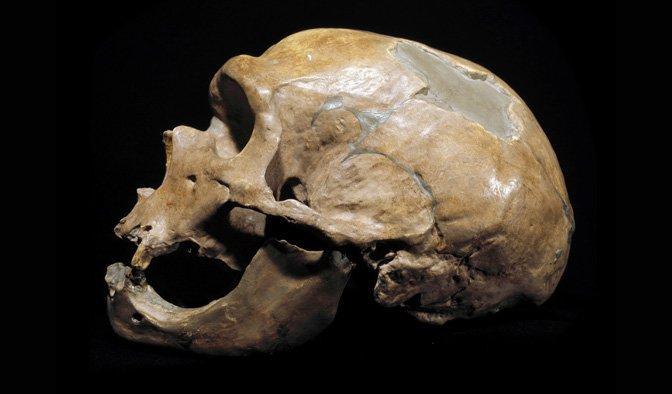
The Orce discovery pushes back the timeline of European human presence. It may lead to reexamination of other early human sites.
The findings could influence theories about human adaptation and evolution. They highlight the complexity of early human migration patterns.

